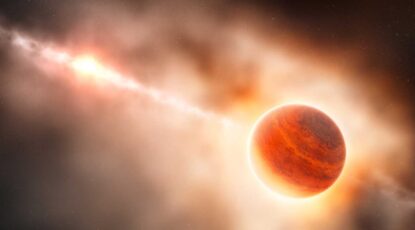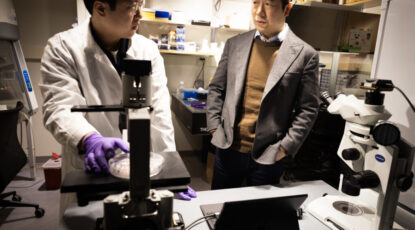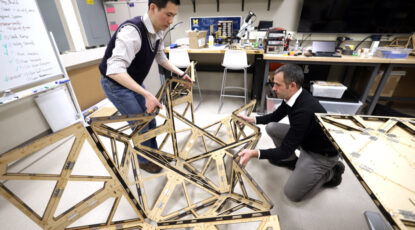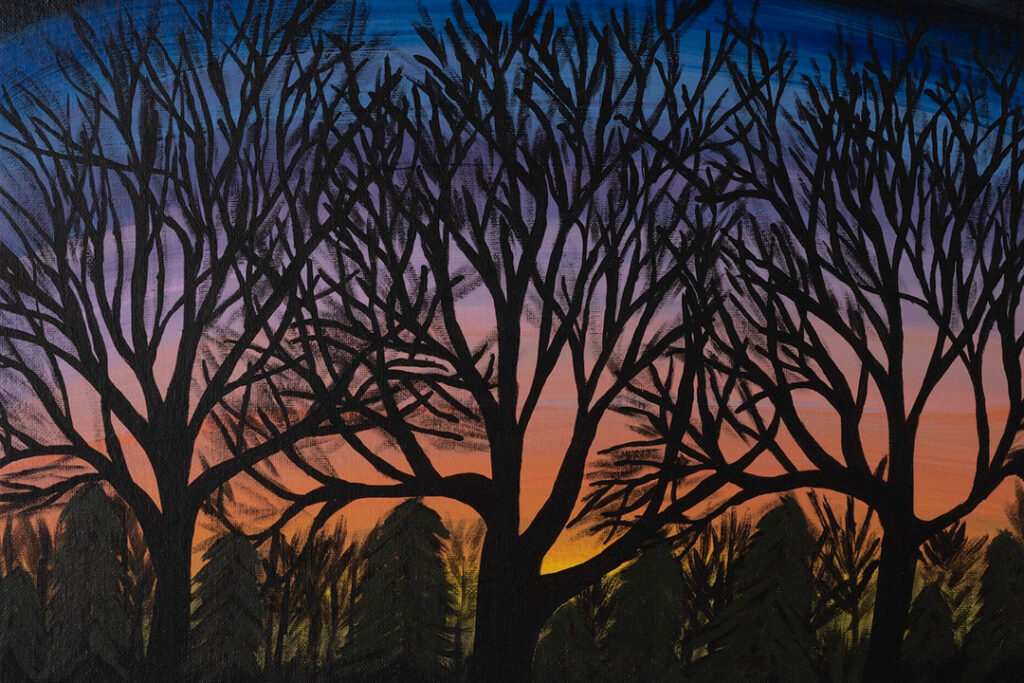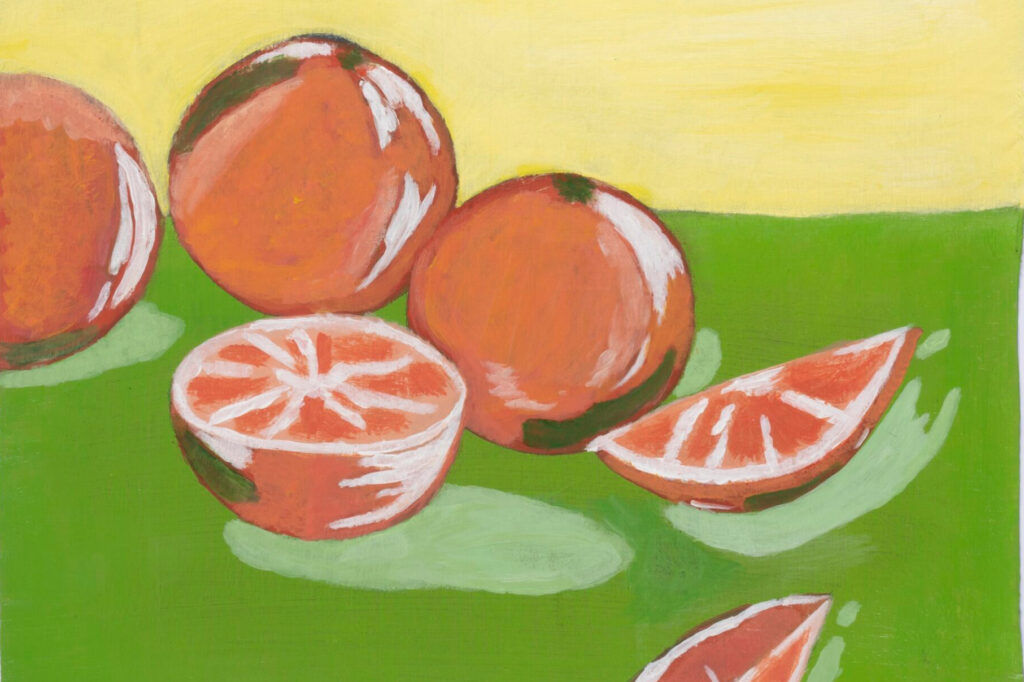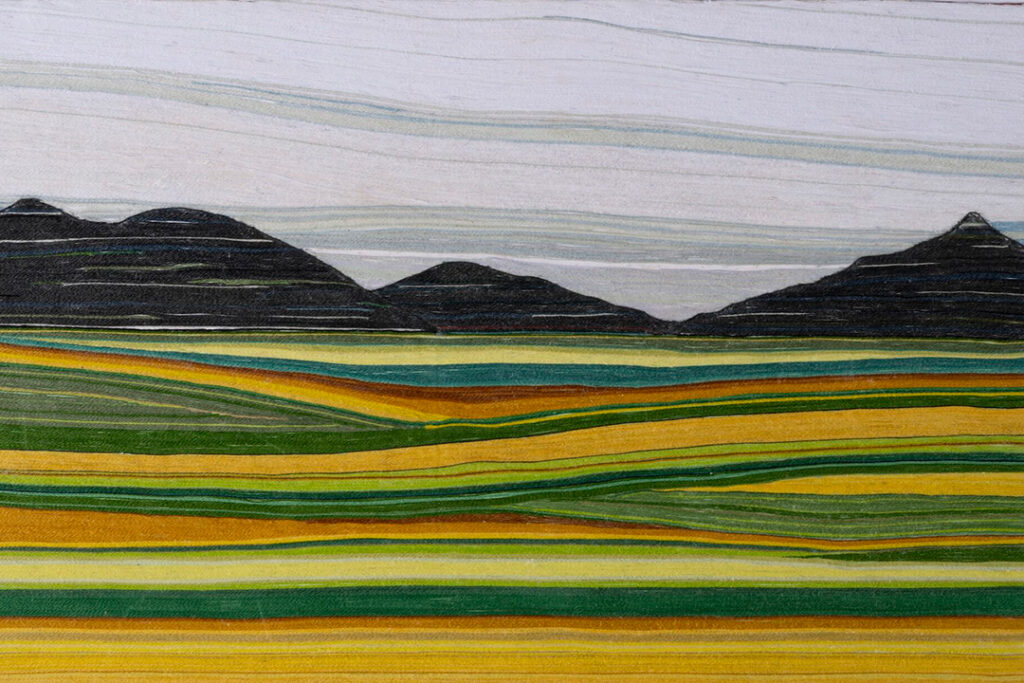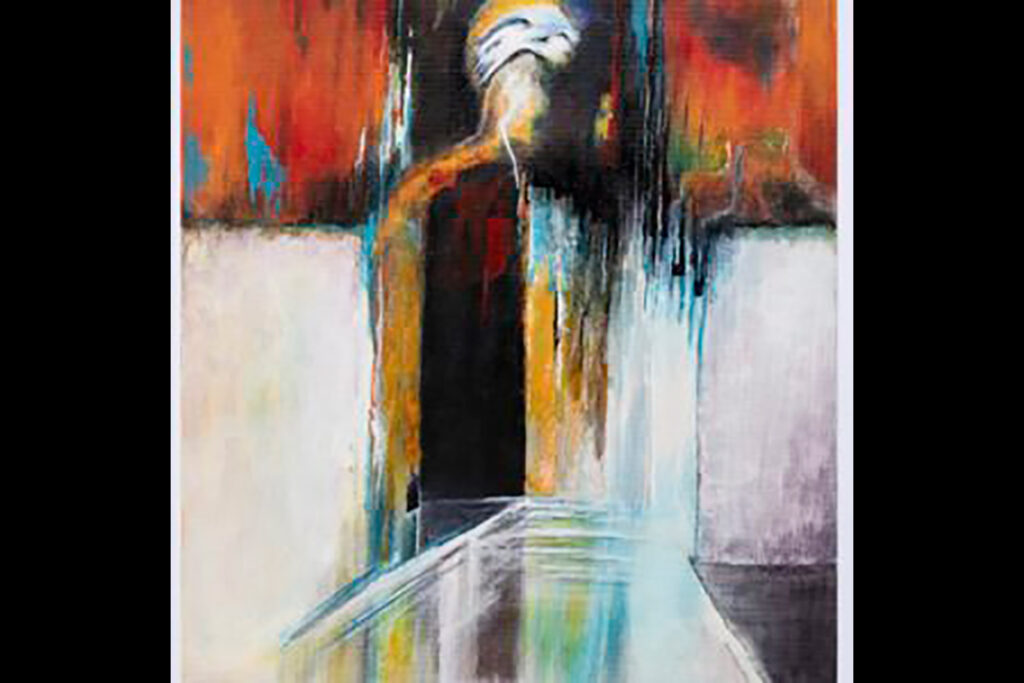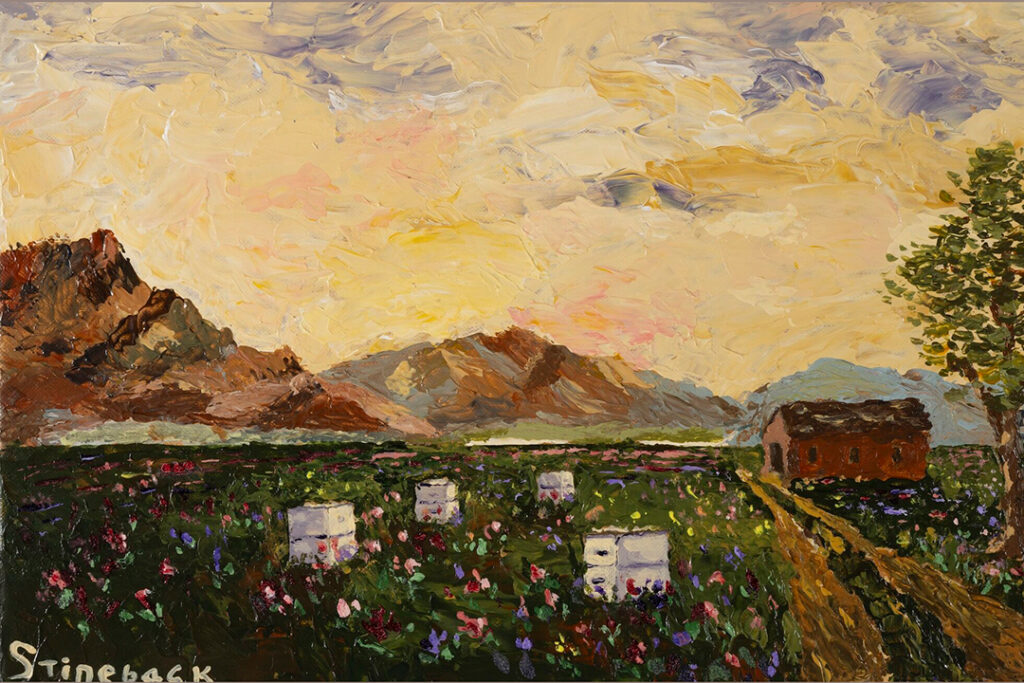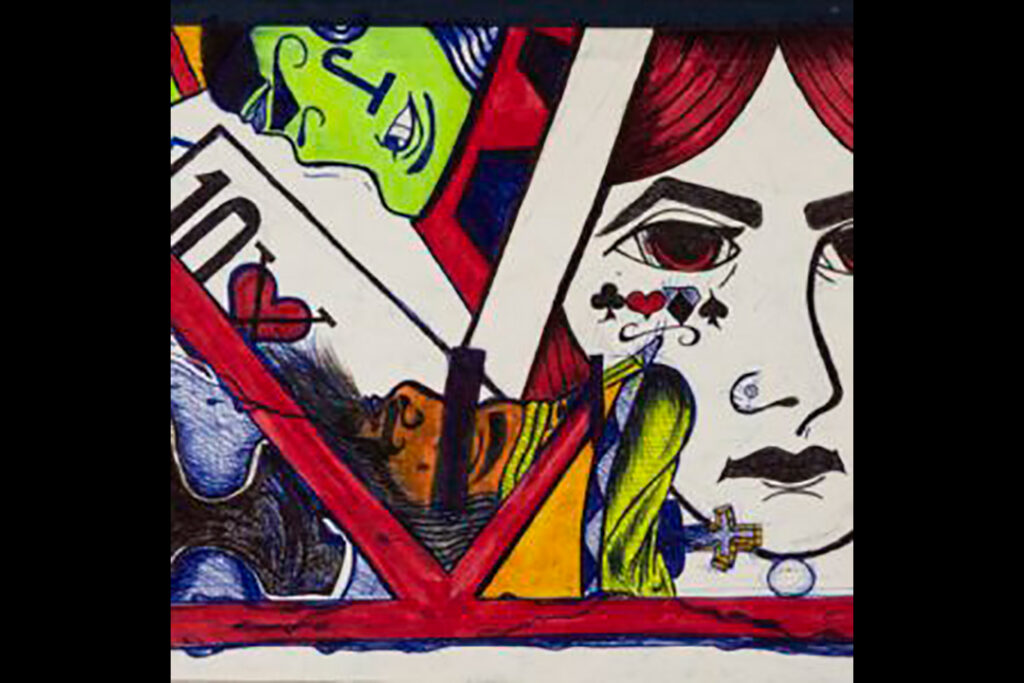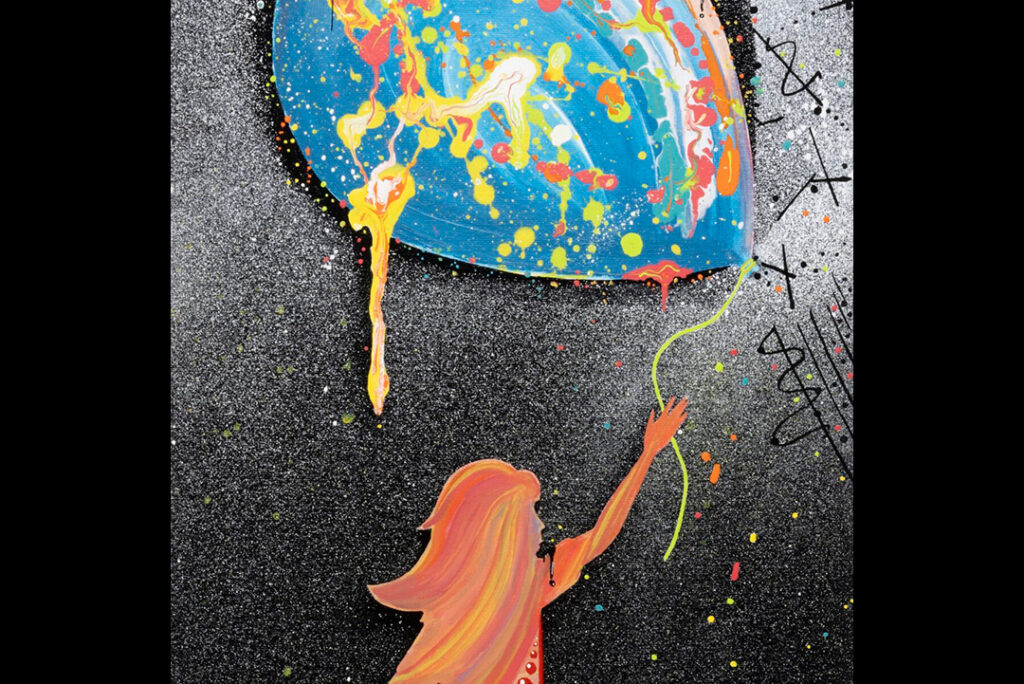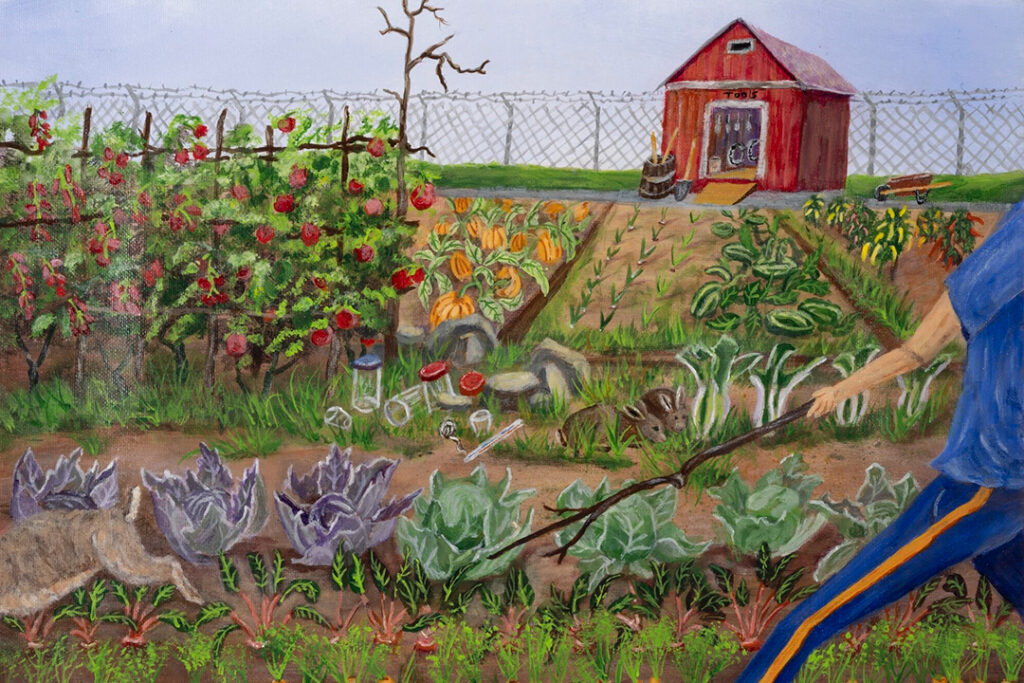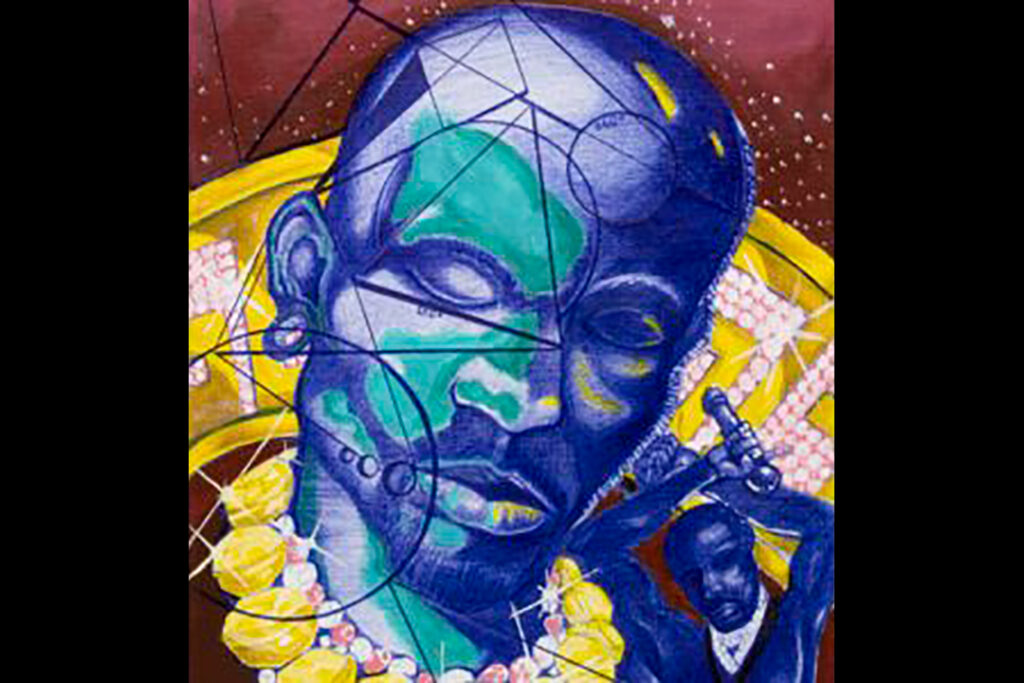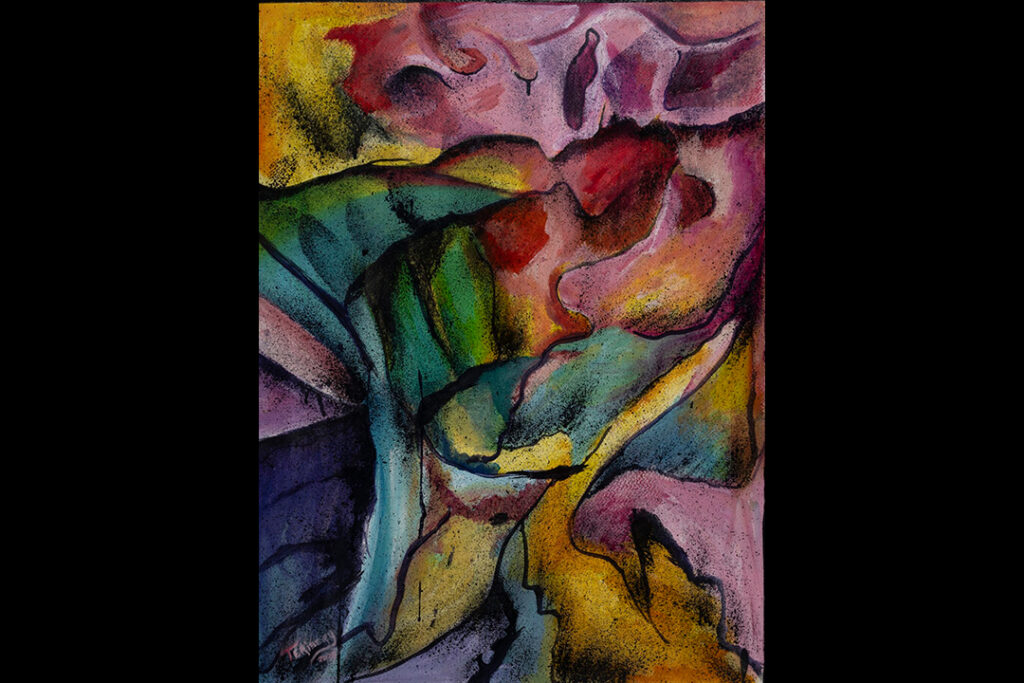The order that launched the Revolutionary War, 250 years later

The ‘shot heard ’round the world’ can be traced to one manuscript containing the orders for the Concord Expedition on April 18, 1775. The quill-to-paper draft orders, penned by British Army officer Thomas Gage, sparked the Battle at Lexington and Concord the following day. U-M’s Clements Library holds the document.
-
U-M astronomers conduct first search for forming planets with new space telescope
Planets form in disks of dust and gas called protoplanetary disks that whirl around a central protostar during its final assembly. While such disks have been imaged, just two planets have been caught in the act of forming so far. Astronomers are now aiming the James Webb Space Telescope at protoplanetary disks to find clues about the ways in which planets form, and how they influence their natal disk.
-
New Michigan poverty map identifies needs related to education, food insecurity, affordable housing
A new data map showcasing diverse indicators of poverty and well-being throughout Michigan highlights the key challenges confronting residents in different parts of the state and suggests interventions for the state’s most critical needs. The latest map features 2021 data from the Census Bureau’s American Community Survey.
-
Michigan Minds podcast: U-M President Ono shares vision on democracy, engagement
UM’s vision to be the defining public university outlines four areas where the university will make dramatic and focused impact: life-changing education; human health and well-being; democracy, civic and global engagement; and climate action, sustainability and environmental justice.
-
Could riding older school buses hinder student performance?
Students who ride newer, cleaner-air buses to school have improved academic performance, according to a U-M study that linked school bus funding information with standardized test scores and found improvements in reading/language arts and math scores when the oldest buses were replaced with newer vehicles.
-
Human stem cells coaxed to mimic the very early central nervous system
The first stem cell culture method that produces a full model of the early stages of the human central nervous system has been developed by a team of engineers and biologists at U-M, the Weizmann Institute of Science, and the University of Pennsylvania. The model, which resembles all three sections of the embryonic brain and spinal cord, could shed light on developmental brain diseases.
-
Bridge in a box: Unlocking origami’s power to produce load-bearing structures
For the first time, load-bearing structures like bridges and shelters can be made with origami modules — versatile components that can fold compactly and adapt into different shapes. It’s an advance that could enable communities to quickly rebuild facilities and systems damaged or destroyed during natural disasters, or allow for construction in places that were previously considered impractical, including outer space.
Columns
-
President's Message
Reaffirming our focus on student access and opportunity
U-M seeks to ensure every student will rise, achieve, and fulfill their dreams. -
Editor's Blog
Peace out
It's a mad, mad, mad, mad world out there. -
Climate Blue
Keeping our focus on climate
As federal support for climate science wanes, Ricky Rood remains hopeful. -
Health Yourself
Are you an ‘ager’ or a ‘youther’?
Why do some people appear younger or older than people born in the same year?
Listen & Subscribe
-

MGo Blue podcasts
Explore the Michigan Athletics series "In the Trenches," "On the Block," and "Conqu'ring Heroes." -

Michigan Ross Podcasts
Check out the series "Business and Society," "Business Beyond Usual," "Working for the Weekend," and "Down to Business." -
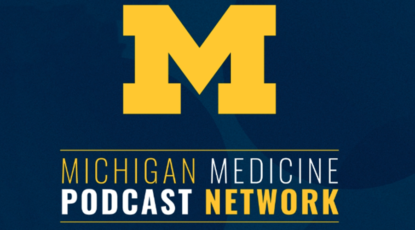
Michigan Medicine Podcasts
Hear audio series, news, and stories about the future of health care.
Creativity and connection across prison walls
One of the world’s largest and longest-running exhibitions of incarcerated artists is back with new programming designed to foster connection and deepen public understanding of incarceration in Michigan. The 29th annual Exhibition of Artists in Michigan Prisons, curated by U-M’s Prison Creative Arts Project, showcases 772 artworks by 538 artists incarcerated in 26 state prisons. The Duderstadt Center Gallery on U-M’s North Campus is presenting the artwork through April 1.

